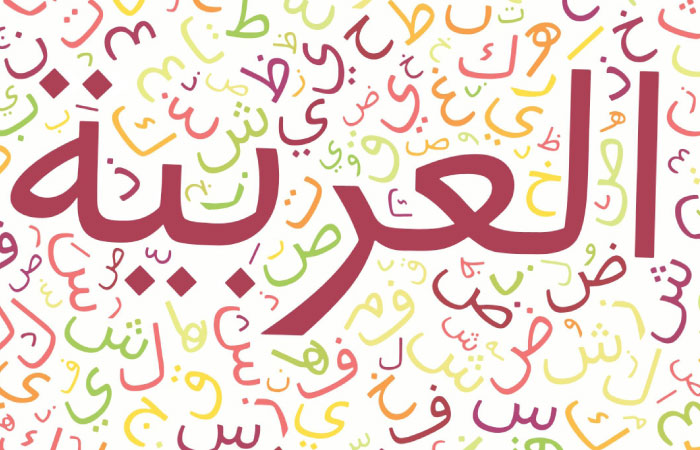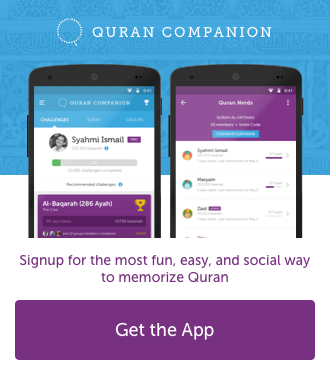Okay, so you have been trying to learn Arabic for the last few years. But when you look at your progress, it’s just discouraging.
I’ve seen a lot of people, including myself, go through this. After years of learning, you still haven’t set your teeth on it. Why? Does it mean you’ve got less IQ than a class 1 student trying to learn English (or any other foreign language)?
The problem isn’t really your IQ. It’s the way we approach learning Arabic. Think about the language curriculum of a school and you’ll observe that a child isn’t just given a grammar book and expected to learn the language. There is storytelling, constant reading, dictation, speaking practice, vocabulary learning, and so on.
We don’t really get to do all of that in our Arabic studies. The general approach is just to take a single curriculum, say Madinah Arabic, and struggle through it. That does give us a very good grasp of Arabic grammar, perhaps even better than many Arabs, but it doesn’t help us master the language.
What I’ve realised in the past half-decade or so is that you need to go back to primary school. And since there’s no adult-primary school available for learning Arabic, you’ve got to create a kindergarten for yourself.
Here are a few approaches to learning Arabic that I’ve come across. Think deeply about which of these suit your style, your level of understanding and your learning skills, and then bring them into your homeschool in sha Allah.
>>> Form a meaningful relationship with the Quran in as little as 10 min/day. Learn more.
Related: Arabic Conjugation, Pronouns and the Quran
The Kindergarten Approach
Do you know why kids love stories? It’s not just about the fun of reading about other people’s lives. It’s also the learning experience.
Fill in your library with children’s Arabic storybooks. Start reading from grade 1 books slowly step-up. One very good source for this is the Uhibbu-l-‘Arabiyya book series.
Also, watch children’s TV shows, movies and cartoons (making sure first that they’re in pure standard Arabic and not regional dialects). Watching children’s stuff is better than listening to scholarly lectures, particularly for beginners, because the level of Arabic in the former is much easier than in the latter.
If you can find a partner for conversing in Arabic, feel blessed. Otherwise, converse with yourself. Keep a diary, or do writing exercises. Don’t be afraid of making mistakes. Think of yourself as a primary schoolboy/ girl.
And most importantly, enjoy the fun of going back to childhood!
Learning Arabic Grammar
Adults often prefer learning the grammar of a new language from the very beginning. If you like this approach, go ahead and immerse yourself into it. there are many curricula you can choose from. The most famous is perhaps the Madinah Arabic series. I like the five-part series better than the older three-part version, because the former contains lots of interesting cartoons and colours.
Learning Arabic through grammar books helps you catch the relationships between different parts of a sentence faster. But taken alone, it doesn’t give you the fluency you need to understand the Quran or scholarly texts. Combine learning grammar with the other methods to achieve maximum benefit from it.
Related: How you can understand the Quran in Arabic
Using Total Physical Response (TPR)
This is an infantile approach to learning language. This method is especially effective for kinesthetic learners. You not only use your eyes, mind and your voice, but also your hands. This method was developed by Dr James Asher, author of Learning Another Language Through Actions, based on his research and observations of how babies interact with their parents.
“Babies don’t learn by memorizing lists,” say Dr Asher, “why should children and adults?”
He explains how infants learn language through this method: “Infants do not start life speaking their native language. For months, they are silent except for babbling, but during this silent period they carry on conversations with caretakers. It works like this: The caretakers utter a direction and the infant responds with a physical action. For example, ‘Smile for grandpa.’ ‘Don’t spit up on your bib.’ ‘Take my hand when we cross the street.’ ‘Pick up your toy and put it on your bed.’ I call these unique transactions, language-body conversations.”
The best place for learning Arabic using TPR is probably Understand Quran Academy.
Learning Arabic Through the Quran
This is perhaps the most interesting method of learning Arabic. The goal of learning Arabic, at least for most of us, is to understand the Quran. And what better way to understand it than through itself? You get glimpses of the beauty of the Quran as you study its grammar and vocabulary, all at the same time.
The best book I could find that teaches you Arabic grammar through the Quran is Arabic Through the Quran by Alan Jones.
Another way of learning Arabic through the Quran is increasing your vocabulary along with your daily recitation. When you come across an unknown word several times and you become curious to know its meaning, look it up in a Quran dictionary. Here are two helpful Quran dictionaries which you can find at ejtaal.net.
- Dictionary and Glossary of the Koran by Penrice
- Vocabulary of the Quran by A.A. Nadwi
Hope this article helps you in learning the language of the Book of Allah. Please share your comments, feedback and personal tips below.
Related Video: Learn Arabic with Nouman Ali Khan




Leave a Reply